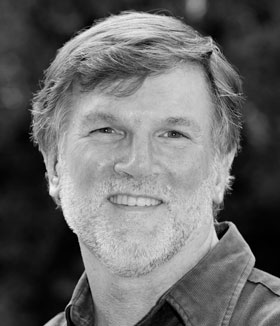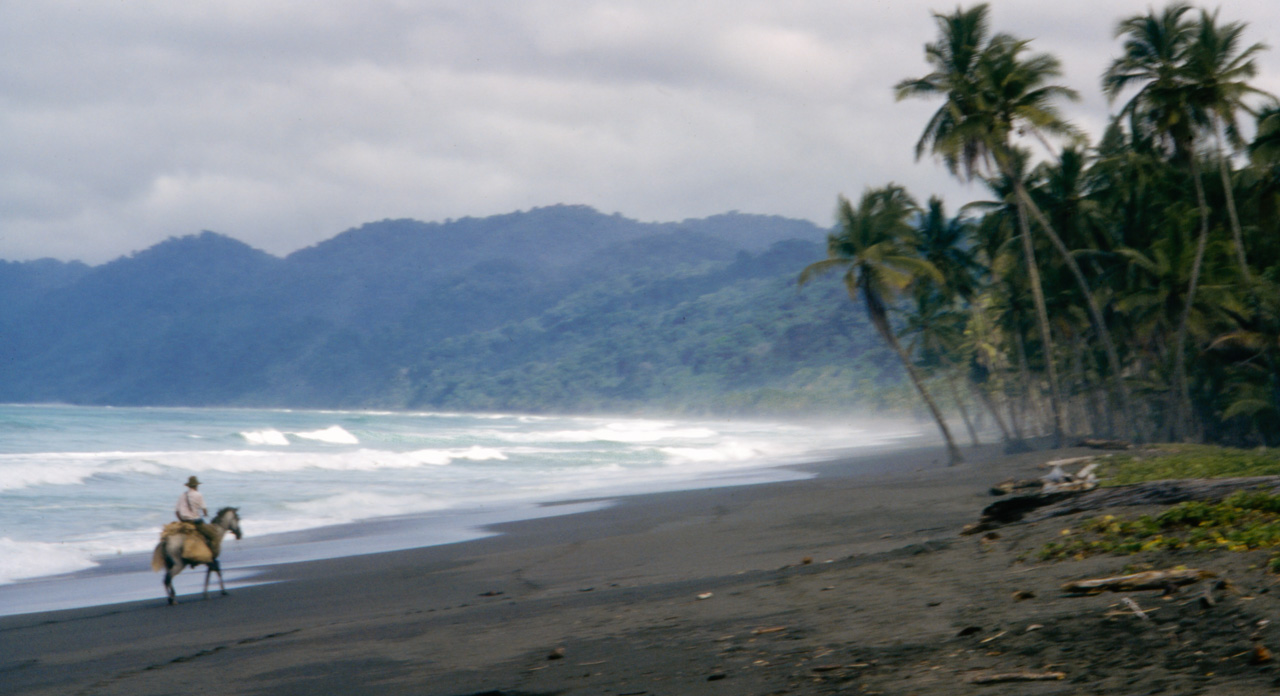Upon arriving to their host country, Peace Corps Volunteers go through a very intensive three-month training course. About a month after arriving in Costa Rica, my fellow volunteers and I finally learned who we would be working for and where. Three of us were assigned to Mario Boza, of the Environmental Education program of the Costa Rican Open University (UNED). Mario visited our Peace Corps training grounds with our assignments and said he wanted ‘books, books and more books’ as he said there simply weren’t enough books about Costa Rica’s natural history and environmental situation. I was given the task of writing a book about the natural history of the crown jewel of Costa Rica’s National Park system – Corcovado National Park.
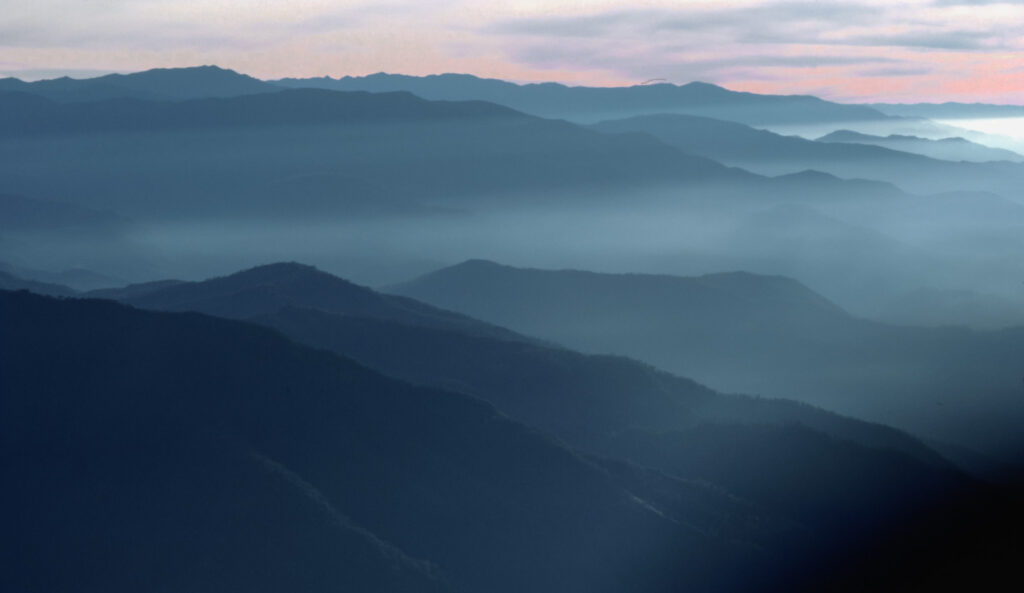
On 4 August 1981, I travelled to Costa Rica’s far southwest for a site visit to Corcovado. At the time most visitors to the park arrived by small airplane. The Peace Corps figured I should arrive on horseback so they arranged for me to meet up with another Peace Corps Volunteer, Michael Johnson, who worked two days by horseback away from the park and who would guide me. I took a dawn commercial flight to Puerto Jimenez and managed to find Michael. I took this photo from the plane just after dawn as we travelled south.
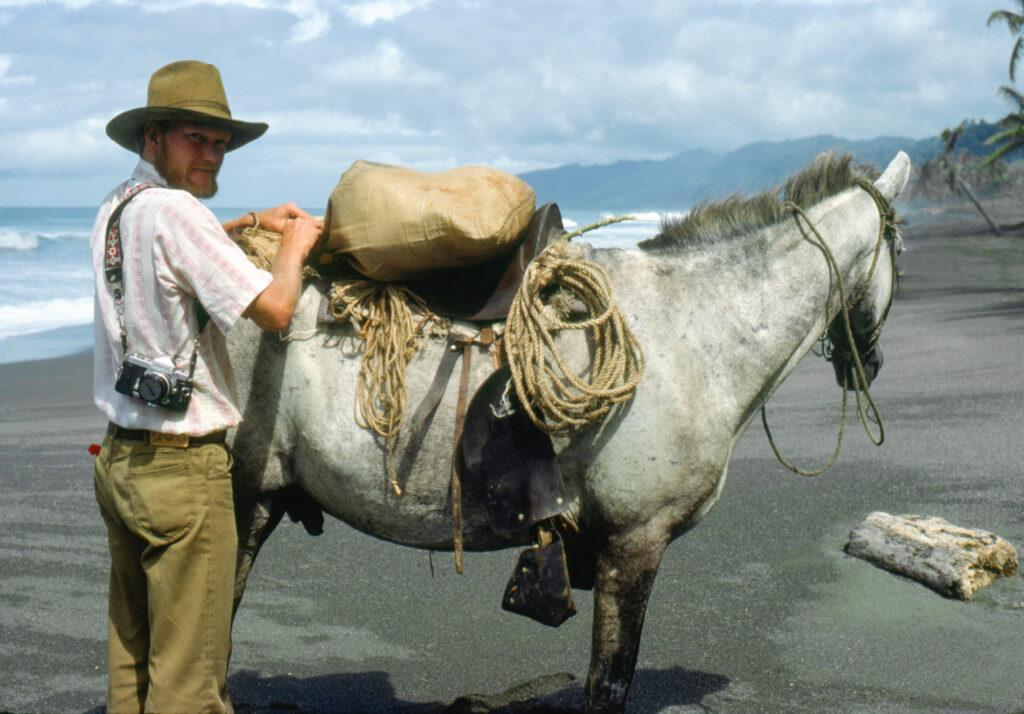
Michael was from Montana and had only been in country a few months longer than I had but he insisted on speaking to me in Spanish. During our training we were required to speak Spanish and nothing but Spanish even to Americans. But I had hoped that once we got off the training grounds we could relax that. But Michael was a stickler for the rules so we both struggled to communicate. He didn’t have the horses ready so we had to spend the night in PJ. At 3 am the next morning we set off and followed the coastline. By 5.30 pm we reached Rio Oro and found some food and a shack to sleep in.
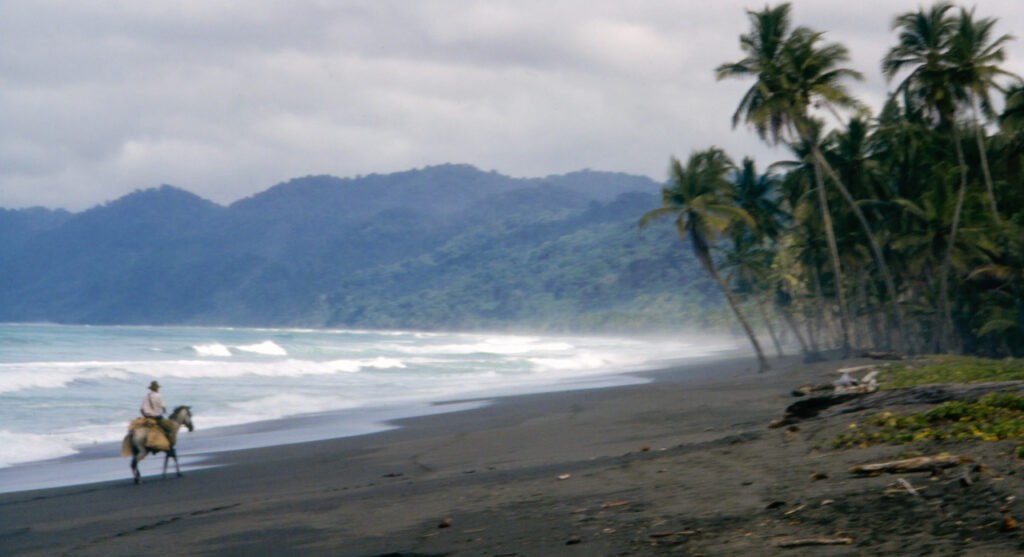
After a breakfast of turtle eggs we were on the horses again for a full day of travel. Just as we crossed a river to enter Corcovado, we saw what looked like a castaway camping at the fringe of the jungle. It was David Hughes, a famed documentary filmmaker. He had been there for several months and would remain for months more. Two years later, I watched his incredible National Geographic film on Rain Forests. After two long days on horseback we arrived at the park.
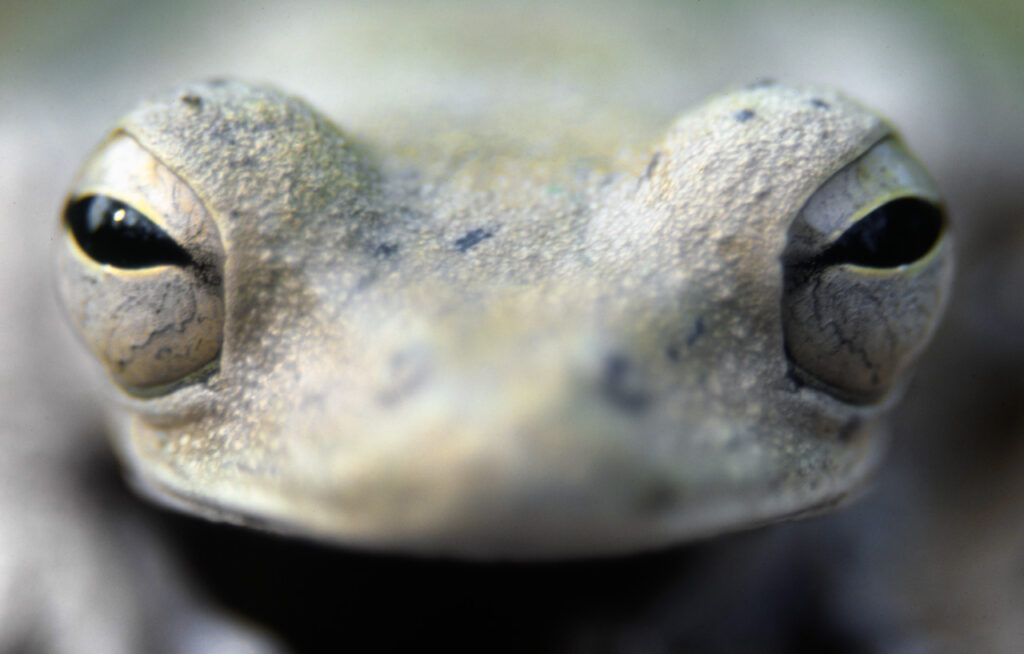
I spent the next few days exploring the park and getting to know the park guards and assessing the task ahead of me. It was a busy place during the few days I was there as a large group of American students from the Organisation of Tropical Studies was there. They were loud and very much the stereotypical gringos. I was already feeling more Tico than Gringo and therefore avoided the students.
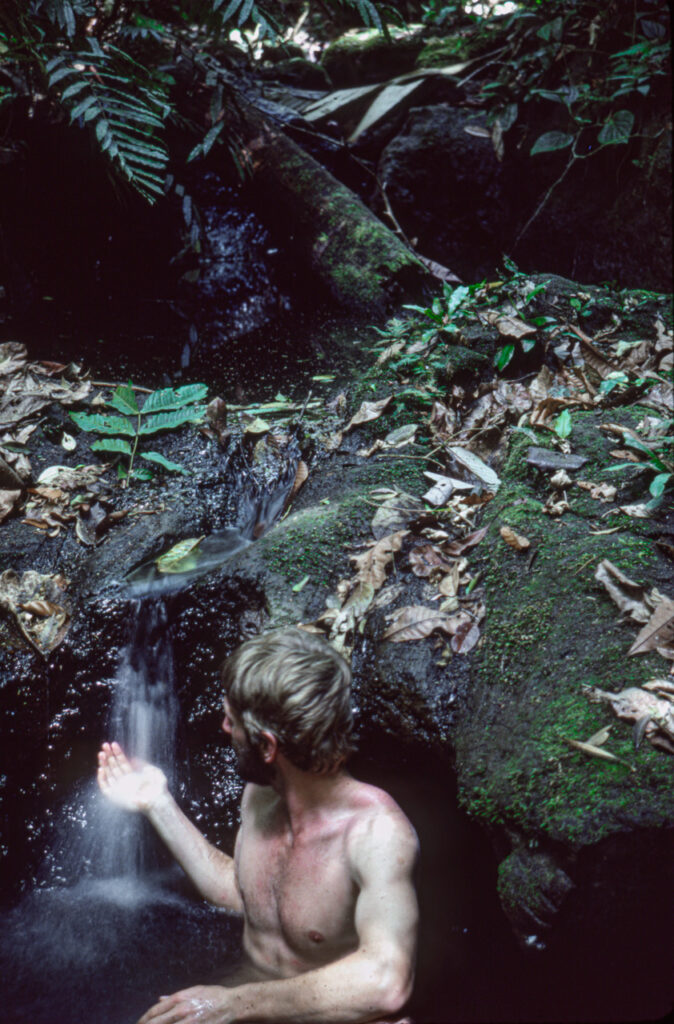
I tried to find some quiet time to reflect on what I would be doing for the next two years and whether an assignment of spending the time in a remote jungle with more frogs and macaws than people was really the best opportunity for me.
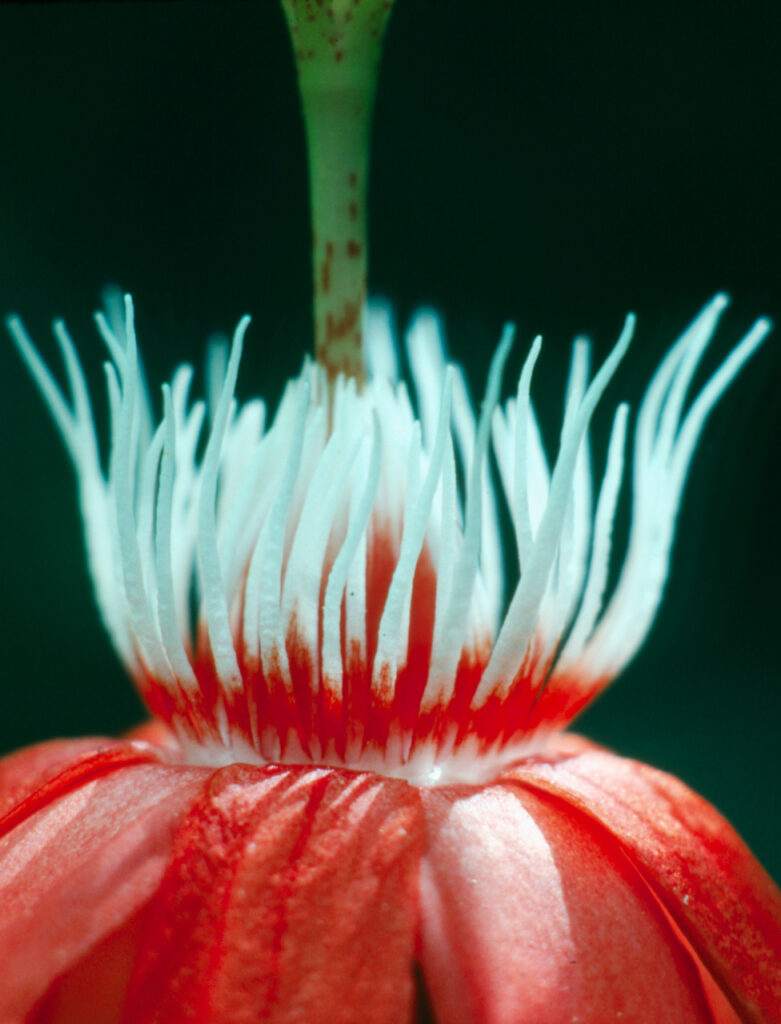
When President John F. Kennedy created the Peace Corps in 1961, I don’t believe he envisioned that its volunteers would be in isolated environments and fraternising with tree frogs. His vision was to send ‘armies’ of young, college-educated Americans to countries in need partly to counter the tide of anti-Americanism which was growing in the 1960s. He expected volunteers to integrate into their host country, learn their language, eat their food and develop life-long friendships. And in return the people of the host countries might realise that not all Americans were so bad.
After those few days in Corcovado I realised that whereas I loved the thought of living in one of the world’s greatest national parks I also realised that I had developed a love for the Costa Rican people and culture and I wanted to live amongst them. So I decided that upon returning I would request an assignment where I would deal with Costa Ricans and not tree frogs and American students.
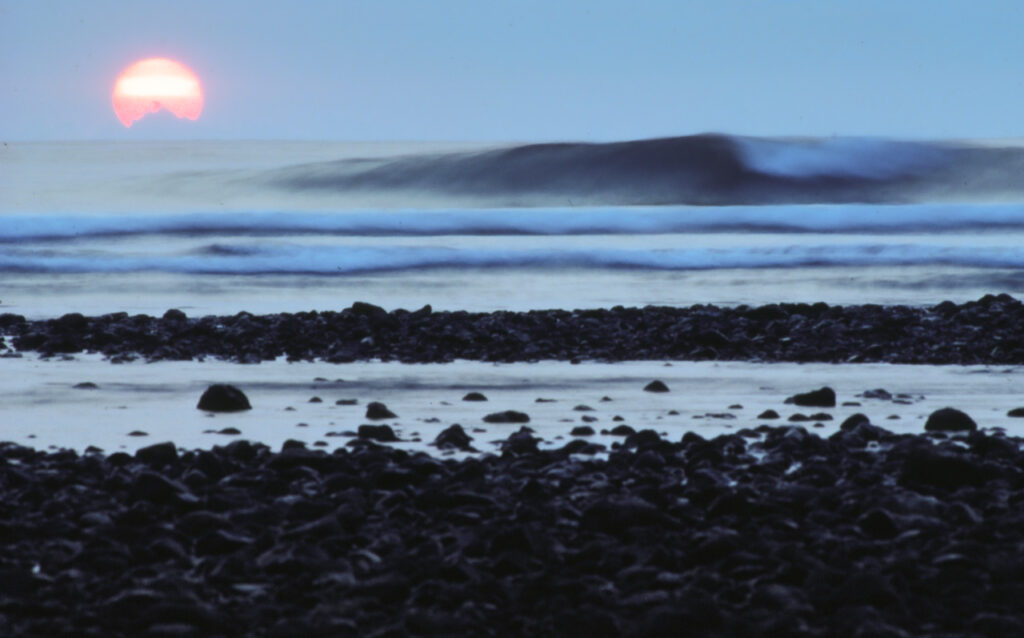
Leaving Corcovado soon proved to be an issue. The park guards told us that my horse was in no shape to walk back to Puerto Jimenez with a rider. They also said that a small airplane would be leaving from Rio Oro at dawn that next day and I could get a lift on that – otherwise I’d be stuck on the peninsula for a few more days.
Michael and I decided to travel through the night and try to make the flight out. Since my horse was in no shape that meant I would have to travel by foot. I had been a long distance runner throughout college and was in peak condition so I really had no problem running alongside Michael and the horses all night. So in the middle of the night we fetched the horses and began a hurried trip along the coast to the airstrip.
I jogged along and was feeling great but it was a warm and humid night and the clothes I wore proved to be very restrictive so I stripped off all of my clothes and only left my cap and jungle boots on. And I started running in the nude down that coastline feeling like I could run all night. It felt so liberating to run and run and run. I felt like a well-oiled machine that would never run down. The old Johnson was flapping left to right in the sea breeze and only added to my feeling of being liberated. There was no moon that night but every wave brought in phosphorescent algae which helped guide me along my way.
As dawn approached we arrived at the Rio Oro estuary. We had timed the tide wrong and it was coming in fast making the estuary crossing dangerous. We hiked upstream a bit and then plunged into the river. The horses were strong swimmers but I could see the fear in their eyes as the current carried us fast to the mouth of the river but we made it across before we were swept out to sea. As the sun rose I felt a self-conscious of my nudity and put my clothes back on. A short time later a small Cessna buzzed us and my ticket out had arrived.
